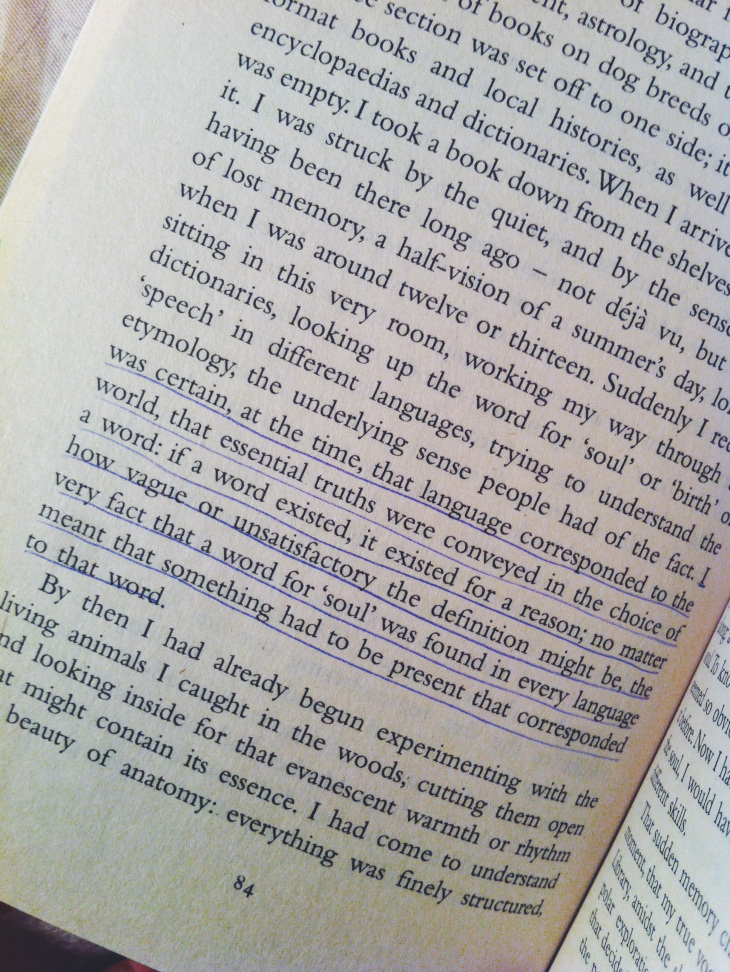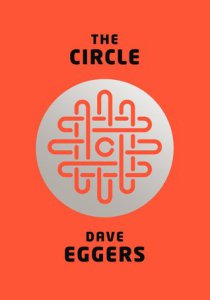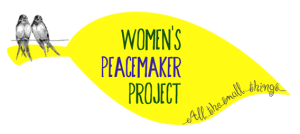Stop signs are there for a reason: to help the traffic flow, keep everyone safe, helps drivers work out who has right of way. They don’t appear randomly, they are placed with considerable attention by traffic engineers who are looking at a whole system of roads and routes. I would love to see some stop signs popping up in conversations.
As a facilitator I often act like a traffic engineer helping people to pause and rest before moving through a junction, or enabling a moment of self correction to get back on track; yet in everyday conversations I sometimes find myself wanting to crash through and just get to the next point. It has been said that not listening is the first form of violence. Paying deep attention, feeling heard, being received for who you are, where you are, and indeed why you are – is in the ears and actions of a listener. This is not a passive role in any conversation, and the power of great listening may be a stop sign in disguise. Good listening often slows the conversation down.
Knowing when to stop means recognizing the sign for what it is and there is no mistaking the red and white hexagonal message board that calls us to attention. Not everyone recognises the stop signs in conversations but when people stop listening we usually notice and are pulled up in our tracks. We send ourselves messages that we are not very interesting or not important enough to be heard or control of the situation has switched and we are no longer relevant contributors – these all deal little injuries to our ego. Back in the 90s Hugh Mackay wrote a book Why Don’t People Listen? It became a classic. It’s not what our message does to the listener, but what the listener does with our message that determines our success as communicators was one of Mackay’s key points. Our message has the power to motivate the listener to take action and therefore drive the conversation forward and our communication to the next level. Stopping to listen and to stop listening, are the invisible stop signs in conversations.
My promise to tomorrow is to use stop signs in conversations to reinforce and reward listening by listening first. Hearing others thoughts into words and applying Mackay’s discipline to ask ourselves a tough question : What will this person do with my message? And in order to arrive at that answer, it will mean taking stock, taking a breath, listening to the other person and knowing them well enough to be able to make an honest assessment; it will mean applying a stop sign to yourself. You can’t yell louder just to be heard. We are being offered off road stop signs many times a day, paying attention to them with the same discipline as we would behind a wheel may bring some easier traffic flows in conversations and life.
PS
If you are not familiar with Mackay’s work, he prescribes ten laws for solving the communication problem and while this was written in 1994, I don’t think it has gone out of date. In a nutshell:
1) It’s not what our message does to the listener, but what the listener does with our message, that determines our success as communicators.
2) Listeners will generally interpret messages in ways which make them feel comfortable and secure.
3) When people’s attitudes are attacked head-on, they are likely to defend those attitudes and, in the process, to reinforce them.
4) People pay most attention to messages which are relevant to their own circumstances and point of view.
5) People who feel insecure in a relationship are unlikely to be good listeners.
6) People are more likely to listen to us if we also listen to them.
7) People are more likely to change in response to a combination of new experience and communication than in response to communication alone.
8) People are more likely to support a change which affects them if they are consulted before the change is made.
9) The message in what is said will be interpreted in the light of how, when, where and by whom it is said.
10) Lack of self knowledge and unwillingness to resolve our own internal conflicts make it harder for us to communicate with other people.

Rate this:Share this:





